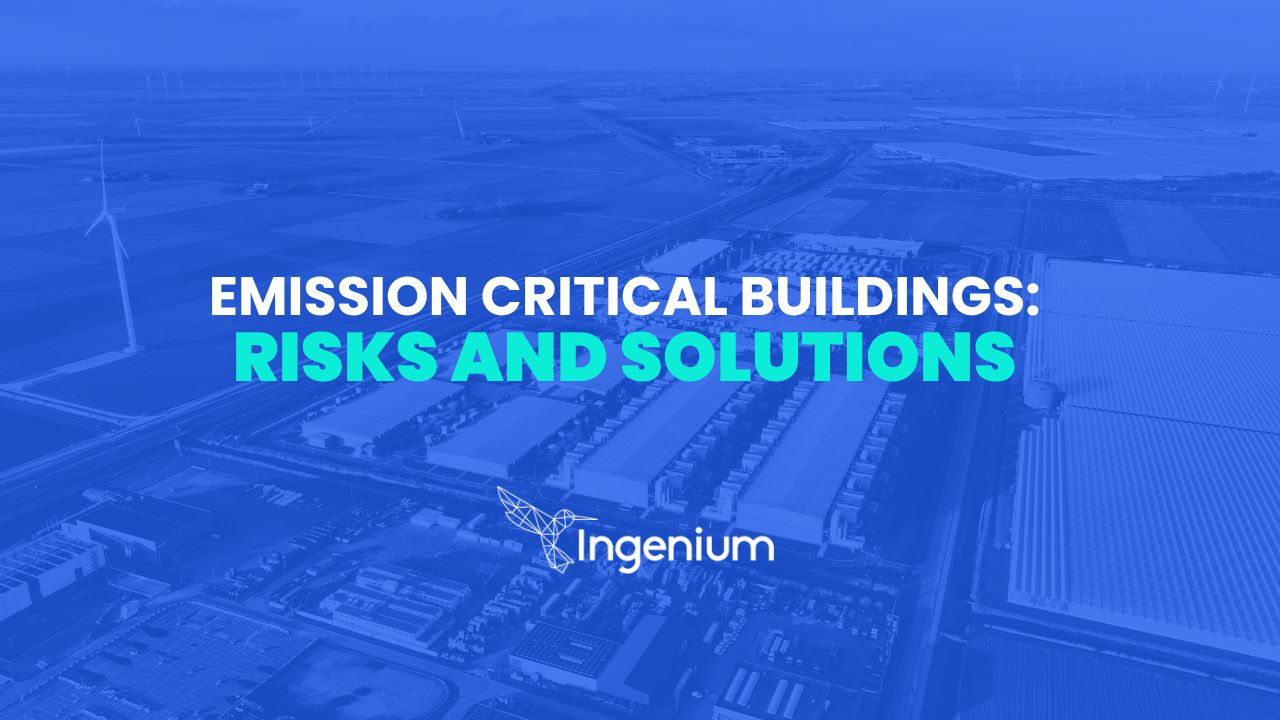Mission-critical buildings are critical infrastructures for many organizations, housing equipment and systems essential to their operation. These buildings are common in sectors such as financial institutions, data centers, hospitals, and communications facilities. However, due to the importance of their role, they are exposed to a number of risks that can have a devastating impact if not managed properly.
We will explore the risks faced by a mission-critical building and how they can be effectively addressed.
Risks to a mission-critical building
1. Power failures
Mission-critical buildings rely heavily on electricity to maintain their operations. A power outage can result in the interruption of critical services. To address this risk, it is crucial to have backup power systems such as diesel generators and UPS (Uninterruptible Power Supply) systems that can provide uninterruptible electricity during blackouts. According to the report “Uptime Institute Global Data Center Survey 2023″, power failures continue to be the leading cause of data center outages or high-impact incidents, leading the way in 52% of events.
2. Cooling system failures
Most equipment in a mission-critical building generates heat, and a failure in the cooling system can lead to overheating, damaging equipment and causing unplanned downtime. The solution is to implement redundant cooling systems and constantly monitor temperatures.
To mention an example, in 2022, a Google Cloud data center in London suffered a temporary failure as a result of unusual temperatures in the region, experiencing a record temperature of more than 40°C (104F).
3. Fires
Fires are a constant threat in any building, but in a mission-critical building, they can be devastating due to the potential loss of critical data and systems. To mitigate this risk, fire detection and extinguishing systems must be installed, as well as the building must be designed with fire-resistant materials.
According to Siemens, 6% of data center infrastructure failures are fire-related, and of those companies hit by a major fire event, more than 70% are forced to suspend their business for a period of three years.
4. Natural hazards
Events such as earthquakes, floods, storms and tornadoes can affect mission-critical buildings depending on their geographic location. Planning for disaster resilience, choosing safe locations and implementing appropriate mitigation measures are essential to address these threats.
For Juan Carlos Londoño, Pre-Sales director of Ingenium, la selección del sitio donde se construirá el Data Center es fundamental para hacer frente a los riesgos ambientales. “Es de vital importancia la evaluación estricta del terreno y minimizar el riesgo de factores como indisponibilidad de energía y comunicaciones, inundaciones, materiales inflamables en localizaciones vecinas, calidad del aire y desastres naturales, entre otros”, puntualizó.
5. Cyber threats
In the digital age, mission-critical buildings are also at risk from cyberattacks that can compromise the security of data and systems. Cybersecurity should be a priority, with firewalls, intrusion detection systems, and sound cybersecurity practices in place.
The latest cyberthreat report from Sonicwall, revealed that despite the decline in global ransomware attempts (-41%), a variety of other attacks have been trending upwards globally, including cryptojacking (+399%), IoT malware (+37%) and encrypted threats (+22%).
"Another fundamental aspect to avoid cyberattacks in data centers is to incorporate firewalls, intrusion detection systems and proper physical security planning," said Londoño.
6. Human error
Human errors, such as accidental disconnections or incorrect configurations, can cause significant problems in a mission-critical building. Staff training and the implementation of safety protocols and standard operating procedures are essential to reduce these risks.
How to Deal with Risks?
1. Risk assessment
The first step in addressing risks is to carry out a thorough risk assessment. This involves identifying the specific threats facing the mission-critical building and assessing their potential impact. With this information, informed decisions can be made about the necessary mitigation measures.
2. Rugged design
The design of the mission-critical building must be robust and resilient to the identified risks. This includes implementing redundant systems, choosing appropriate materials, and planning equipment layout in a way that minimizes risks.
3. Backup systems
Backup systems are essential to ensure continuity of operations in the event of failures. This includes backup power systems, backup cooling systems, and redundant data storage systems.
4. Monitoring and maintenance
Constant monitoring of systems and equipment is critical to detecting problems before they become crises. Regular preventive maintenance helps ensure that all systems are operating optimally.
5. Contingency plans
Having detailed contingency plans to deal with various crisis situations is essential. These plans should include evacuation procedures, emergency communication systems, redundancy by operation at own or outsourced alternate sites, and strategies to restore operations as quickly as possible.
6. Cybersecurity
Cybersecurity should be an integral part of the risk management strategy. This involves implementing cybersecurity measures such as firewalls, intrusion detection systems, and regular software and hardware updates.
Ingenium has more than 15 years of experience in consulting, engineering, construction and operation of data centers in Latin America. This experience allows us to know each market, its regulations, risks and mitigation, guided by a team of high-level professionals.Contact us!!



